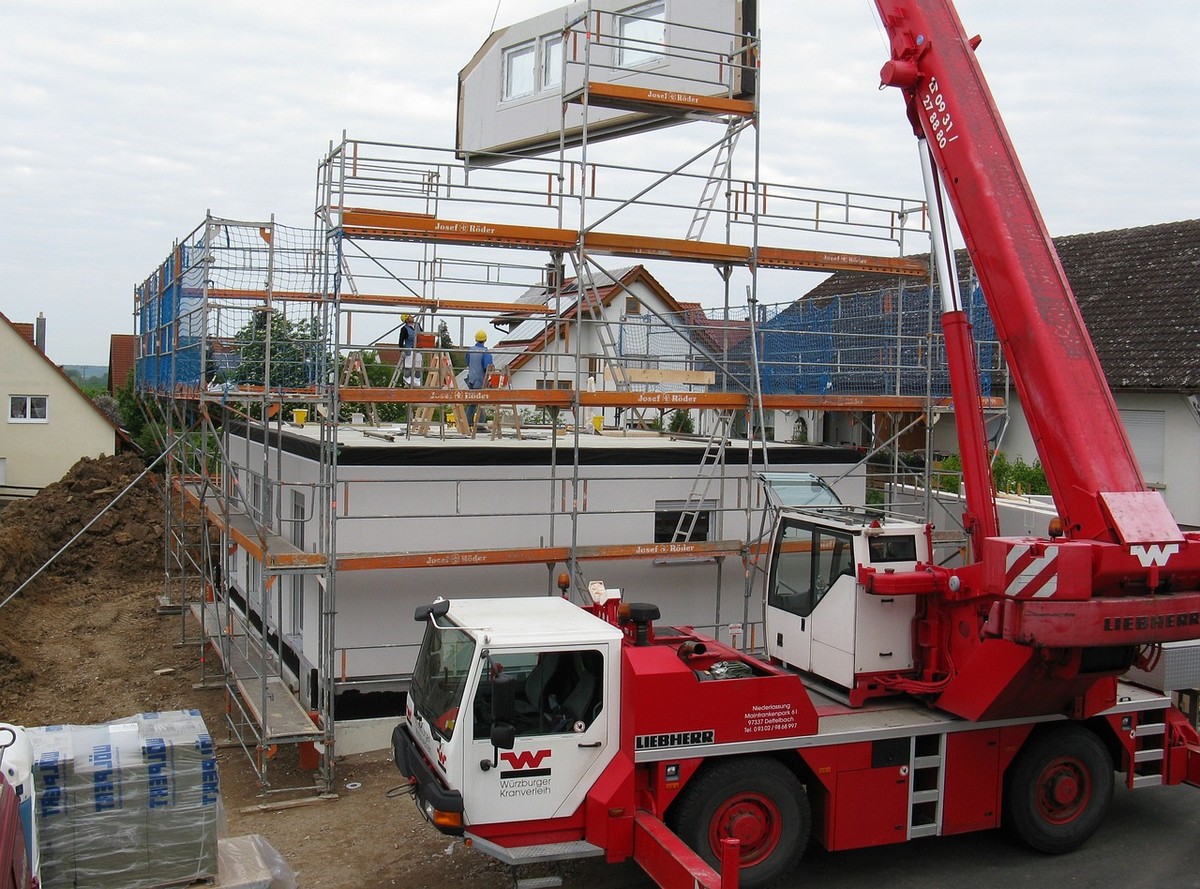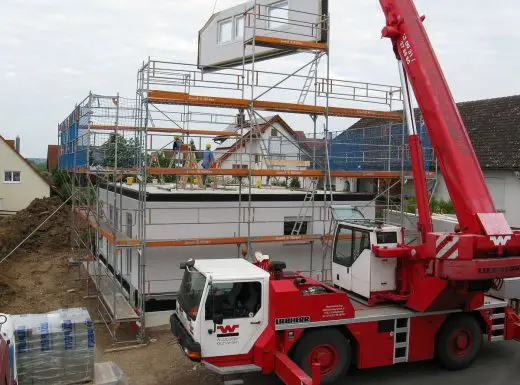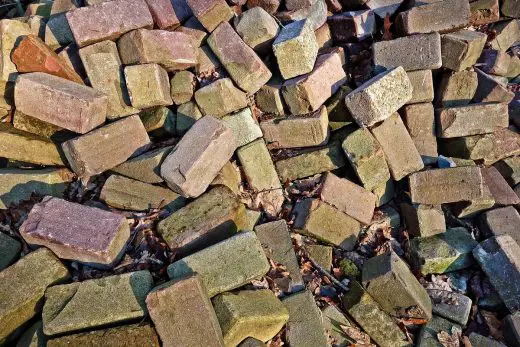Hazardous building materials practical guide, House products, Online property advice
A Practical Guide to Hazardous Building Materials
18 August 2024
What Are Hazardous Building Materials and Why Should We Care?
Before undertaking any renovation or remediation project, it’s important to take inventory of potentially hazardous substances in the construction area. Hazardous building materials have been used for many decades, often without experts realizing the dangers associated with them. Learning to recognize the most hazardous materials, so they can be dealt with properly, is imperative to preserve safety within the area.
So what are the most important hazardous building materials to recognize? And what makes them so hazardous to begin with?
Asbestos
One of the most prominently known hazardous building materials is asbestos. Asbestos was once thought to be an extremely useful building material, as it offered excellent insulative capacity, it provided some degree of flame resistance, and it was remarkably cheap, making it suitable for a wide range of applications. However, when it first rose to prominence, experts didn’t understand that asbestos was hazardous.
The primary reason asbestos is hazardous is because it contains millions of tiny, jagged fibers that can be inhaled or consumed by people exposed to the material without proper protection. These jagged fibers can bury themselves in the mesothelial lining of different parts of your body, causing irritation and eventually sparking the development of a specific, rare form of cancer: mesothelioma.
Mesothelioma takes many decades to develop in most people, and its root cause wasn’t immediately understood. Accordingly, it was a long time before experts realized just how hazardous asbestos is.
Asbestos is banned in many applications in the present day, but America still imports raw asbestos for use in various materials, including roofing materials, plastics, and various coatings and compounds.
The EPA has strict regulations for how asbestos can be used and how it can be managed in an environment where it already exists; for example, the EPA requires that any asbestos containing materials (ACMs) be removed properly before any renovation or demolition work begins. The EPA also treats asbestos as a form of hazardous waste.
Safely removing asbestos can be tricky, as the very act of removing it can cause jagged fiber to be sent into the air. However, remediation specialists with the proper gear can help you clean up almost any site with ACMs.
Lead
The chemical symbol for lead is Pb, based on the Latin word plumbum, which also gave us the word for plumbing. This relationship is interesting because lead and other soft metals were heavily used in the Roman Empire as part of plumbing systems. Lead offers a number of advantages, since it’s relatively easy to work with, it’s easy to procure, and it can withstand exposure to the elements.
However, lead poses several dangers to people who are exposed to this soft metal. As you likely know, lead is harmful for human health. Even in minute doses, lead can impact your cognitive function, your mental health, and your physical health. If you’re exposed to heavier doses over a longer stretch of time, it could cause a host of different ailments.
The big problem is that lead often finds its way into your system in subtle ways. If you have lead pipes, lead can work its way into your water supply, bit by bit. If your house has lead paint, you could breathe contaminated air after sanding or stripping the walls.
Fortunately, lead is no longer commonly used in building materials. However, it’s still very common in older buildings.
Mercury
You’re probably already aware that mercury is very dangerous, especially if you’re exposed to it directly. However, it’s a very useful metal that is used in a wide variety of applications. For example, it’s used in smoke detectors, emergency systems, in various forms of lighting, and in HVAC systems. Mercury is treated as a form of hazardous waste by the EPA, and even a couple of fluid ounces of mercury spilling requires federal reporting. Fortunately, mercury isn’t used in big amounts, but it’s so dangerous and hard to clean up that it warrants extra attention.
Polychlorinated Biphenyls (PCBs)
PCBs are Blends of synthetic organic chemicals that tend to be chemically stable, with high boiling points and a lack of flammability. They were once heavily used in commercial and industrial applications for electrical and heat transfer, as well as hydraulic equipment. However, they were banned by the EPA in the 1970s. PCBs are most common in buildings that were constructed between the 1950s and the early 1970s, often featured in caulk, windows, doors, vents, walls, and even sidewalks.
Understanding the mechanics, locations, and dangers of these hazardous building materials can help you avoid them and protect yourself against them. If you even remotely suspect that your environment contains any hazardous materials, it’s important to work with a qualified professional who can properly identify and handle those materials.
Comments on this Hazardous building materials practical guide article are welcome.
Building Material
Building Materials Articles
8 tips to choose the right construction materials
5 Materials Architects Are Turning to Today
Property Articles
Residential Architecture
Comments / photos for the Hazardous building materials practical guide page welcome







